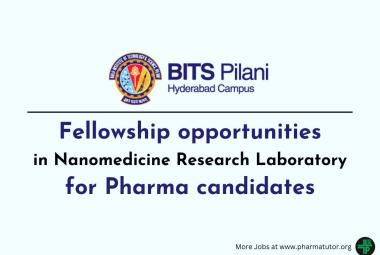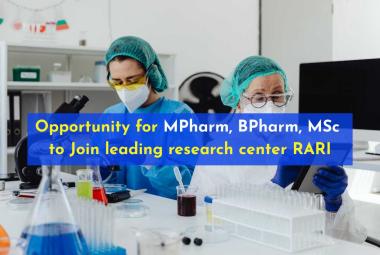ABOUT AUTHOR
Amit Gangwal
Director, Arogya Retail
Indore, MP, India
Gangwal.amit@gmail.com
Perhaps insulin is the only molecule or medicinal molecule which has helped scientist/s to claim Nobel Prize at least for 3 times. Frederick Banting & J.J.R. Macleod were awarded with Nobel Prize in 1923 for the discovery of insulin. Another Nobel, in 1958, went into the account of British molecular biologist Frederick Sanger for determining the primary structure of insulin. Rosalyn Sussman Yalow was selected for Nobel of 1977 for the development of the radioimmunoassay for insulin.
[adsense:336x280:8701650588]
Insulin is one of the most expensive (if we don’t consider anti-cancer drugs, drugs designed for orphan diseases and other similar genres) pharmaceutical products available in market. This appears burdensome because this is used to manage one of the most common metabolic disorders i. e. type I diabetes mellitus. Insulin (meaning island) is a peptide hormone produced by beta cells of the pancreatic islets. It regulates the metabolism of carbohydrates, fats and protein by promoting the absorption of glucose from the blood into fat, liver and skeletal muscle cells. In these tissues the absorbed glucose gets converted into glycogen (glycogenesis) or fats/triglycerides (via lipogenesis) or both in liver. Beta cells are glucose concentration sensitive. They play direct and crucial role in maintaining blood sugar level by releasing insulin in blood stream.
To conclude this introduction, if insulin is not produced by pancreas then type I diabetes mellitus is the syndrome and when insulin is secreted in the body in an inappropriate manner then the disease is type II diabetes mellitus. Various brands and types (based on release & onset of action style) of insulins are available in market. Insulin pens are used to deliver exact dose with ease at home without visiting health or medical centre. With the advent of (many technology companies are working on absolutely painless, faster & accurate method to measure/regulate blood sugar level) newer technological advancements, insulin now comes with different variants like reusable pens that can be used by just loading insulin cartridges available in packs. A disposable insulin pen comes with a prefilled ready-to-use cartridge. After use the device is disposed.
In perhaps a grim reminder of the growing cases of lifestyle diseases, five out of the top 10 highest selling drugs in the country belong to anti-diabetics. The control (let alone prevention of occurrence) of non-communicable diseases like diabetes throws one of the biggest challenges for the country's healthcare practitioners. Perhaps all top notch healthcare authorities are worried as how to check diabetes or its expenses. In not so distant past, only two to three anti-diabetic products featured in the top-10 list of medicines. Moreover, highest selling drugs had largely been dominated by anti-infectives and antibiotics in the past. Situation has changed now and seems to be same or more serious in coming years. Insulins (Human Mixtard, Lantus), orally active Glycomet GP, Galvus Met and Janumet are now in the top-selling list of drugs in the country. Close to 10 % retail pharmacy sale is generated from anti-diabetics; insulins and Gliptins being the major contributors.
Question arises, how India will cope up with ever spiraling expenses of these products. There must be research on how to stop diabetes or how to prevent those situations which lead to diabetes. I get scared when I think what will happen when diabetes patients will cease to respond to drugs designed to treat diabetes.
NOW YOU CAN ALSO PUBLISH YOUR ARTICLE ONLINE.
SUBMIT YOUR ARTICLE/PROJECT AT editor-in-chief@pharmatutor.org
Subscribe to Pharmatutor Alerts by Email
FIND OUT MORE ARTICLES AT OUR DATABASE









